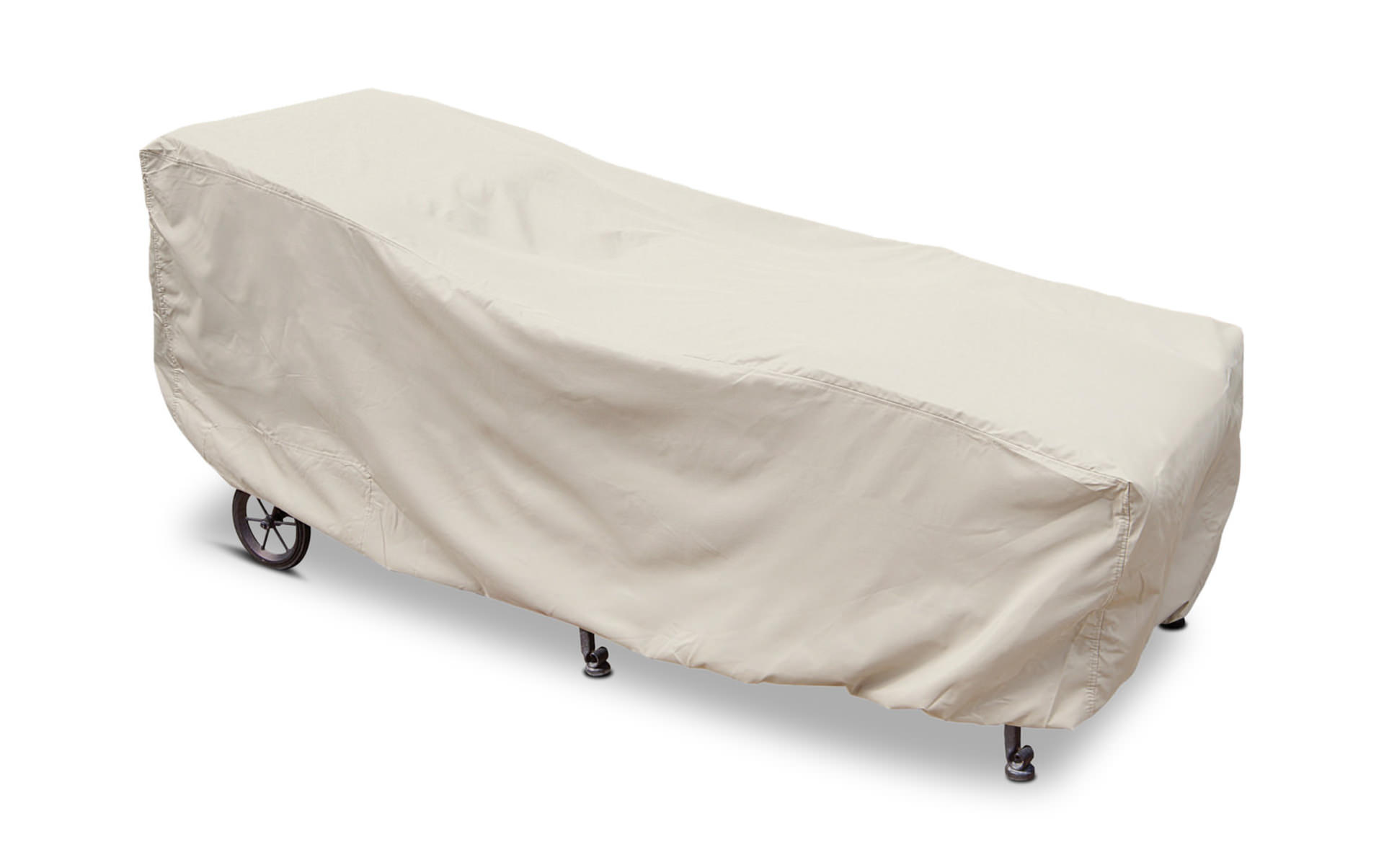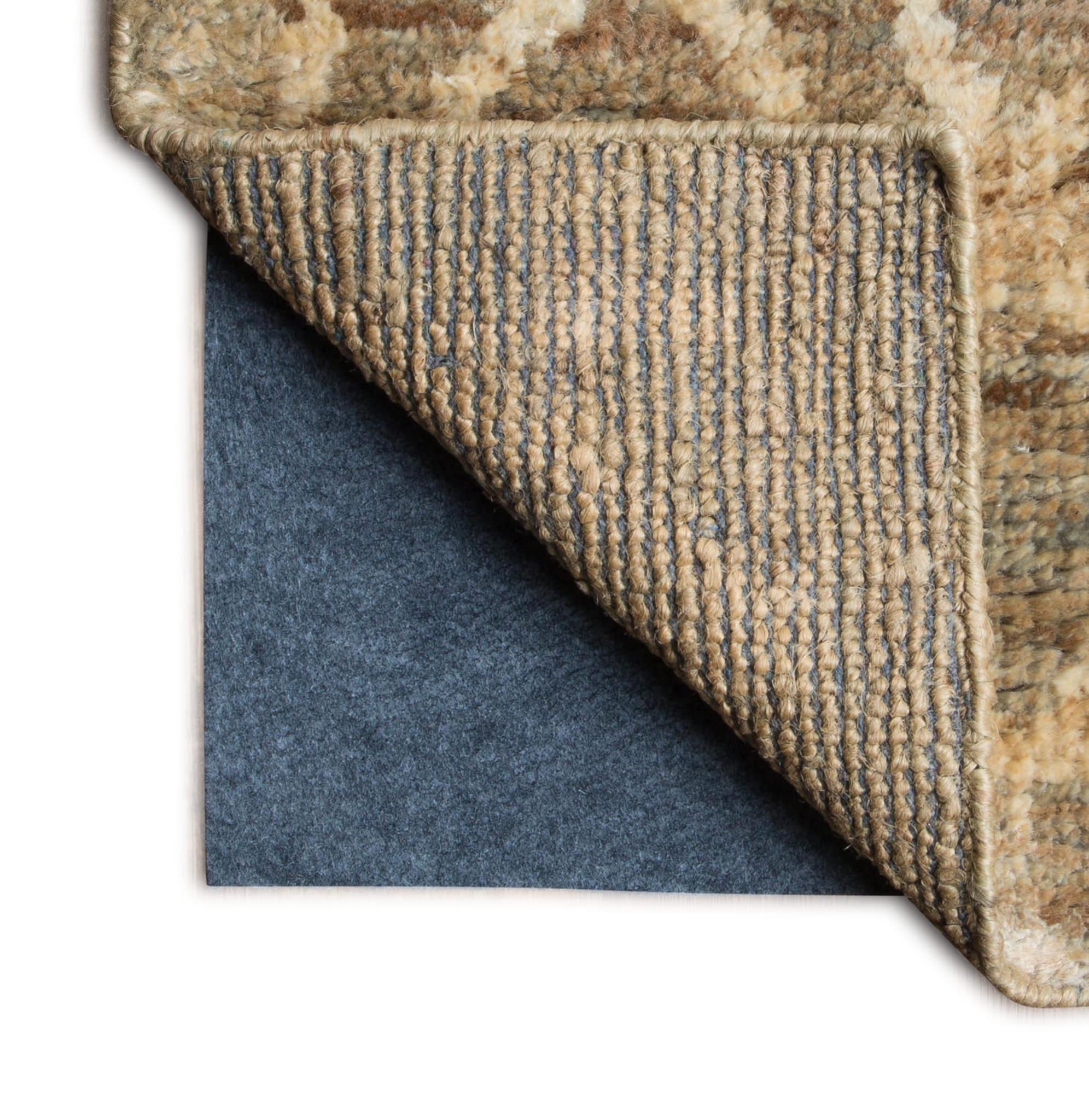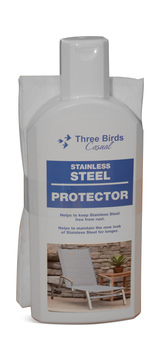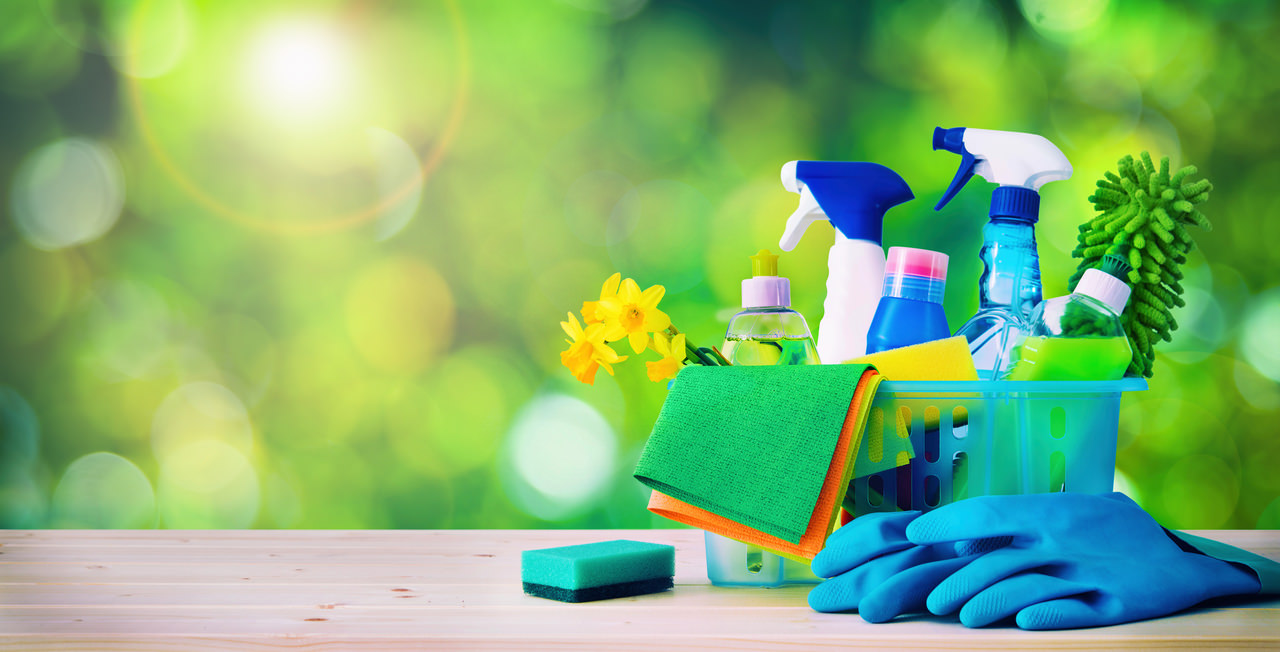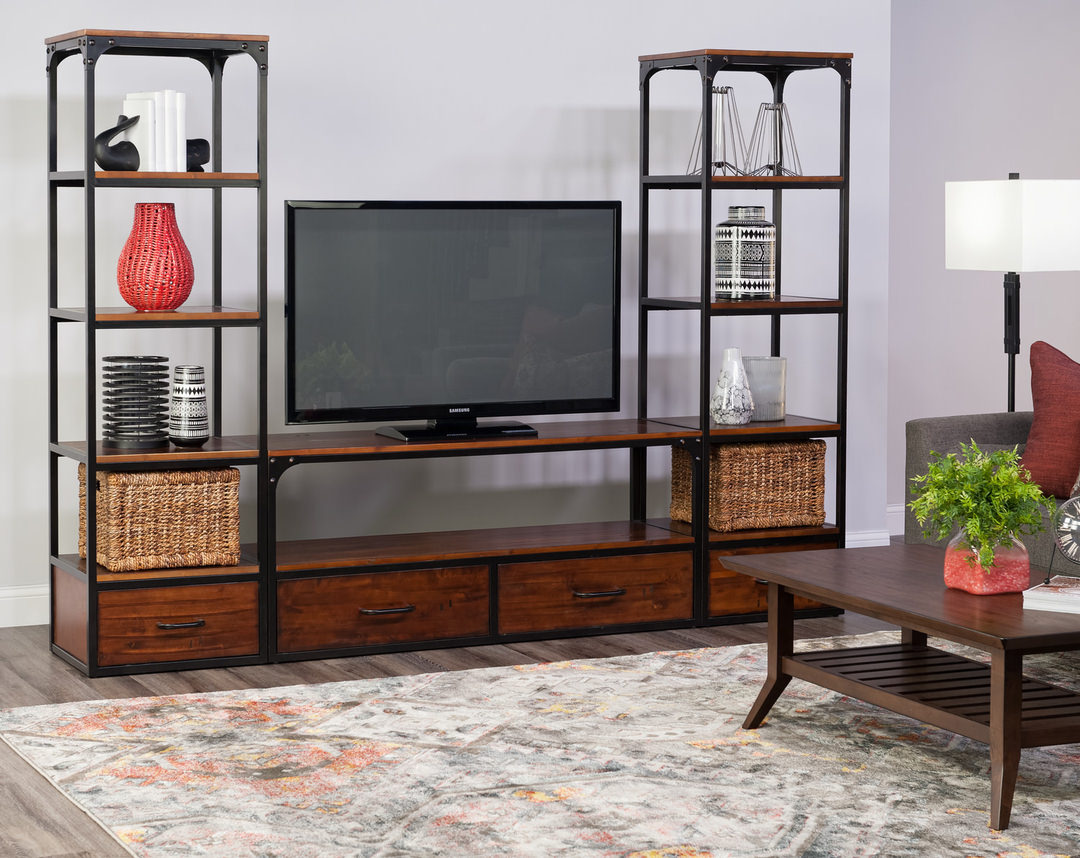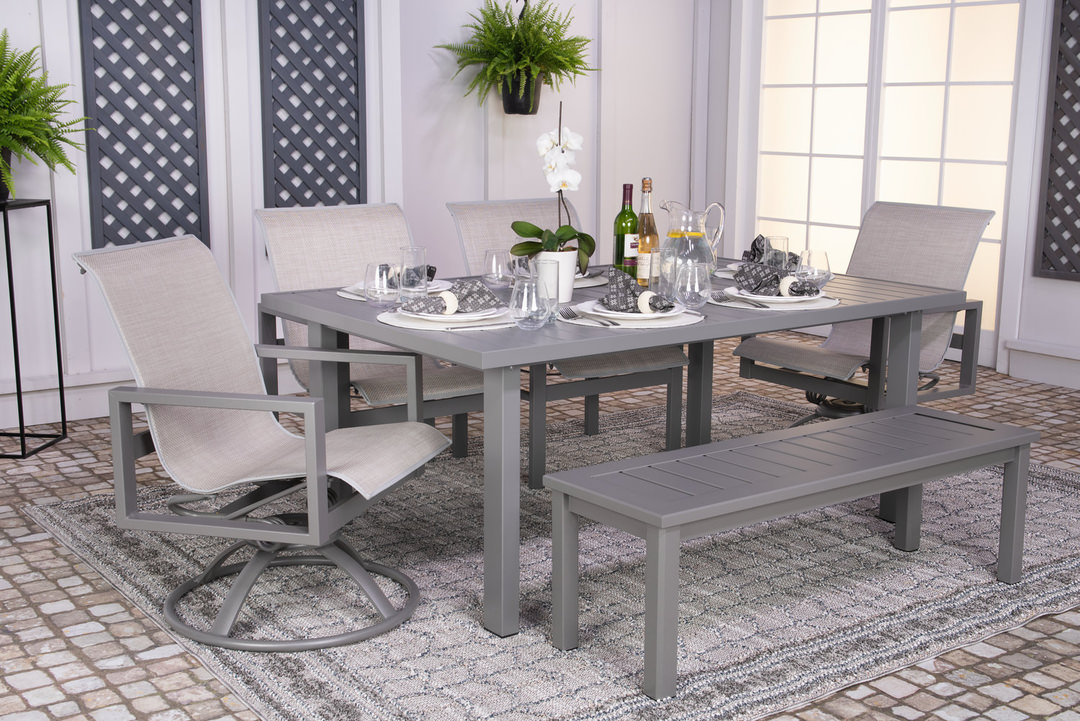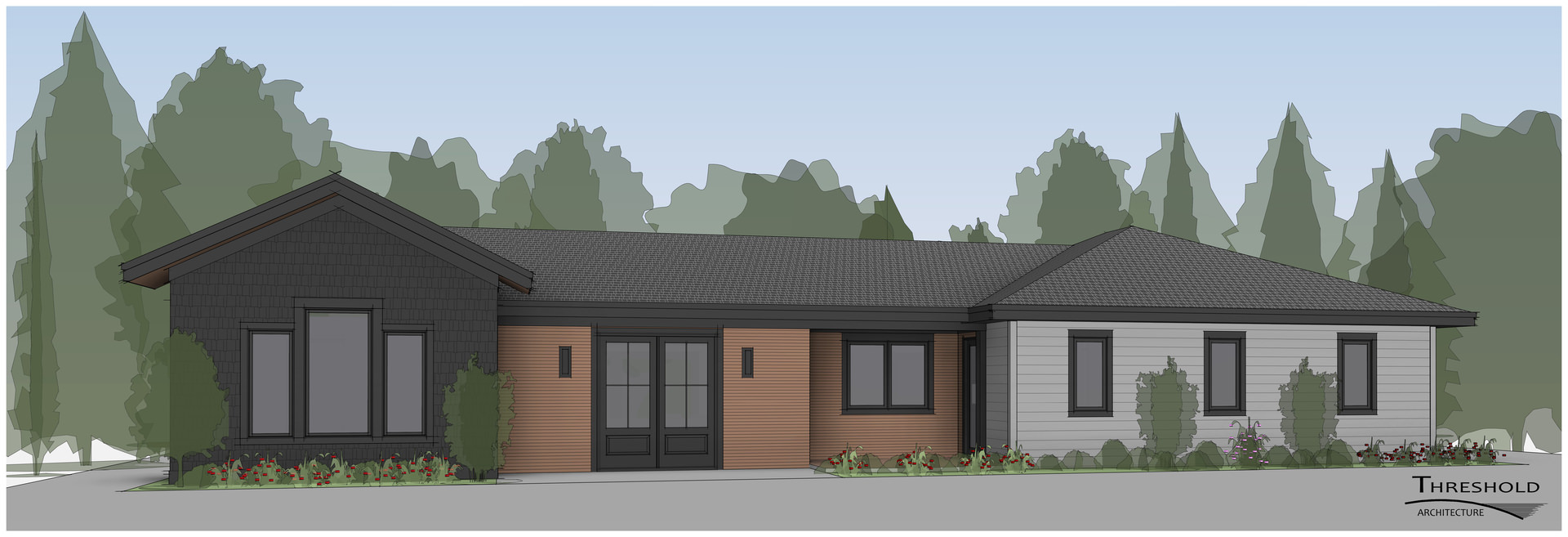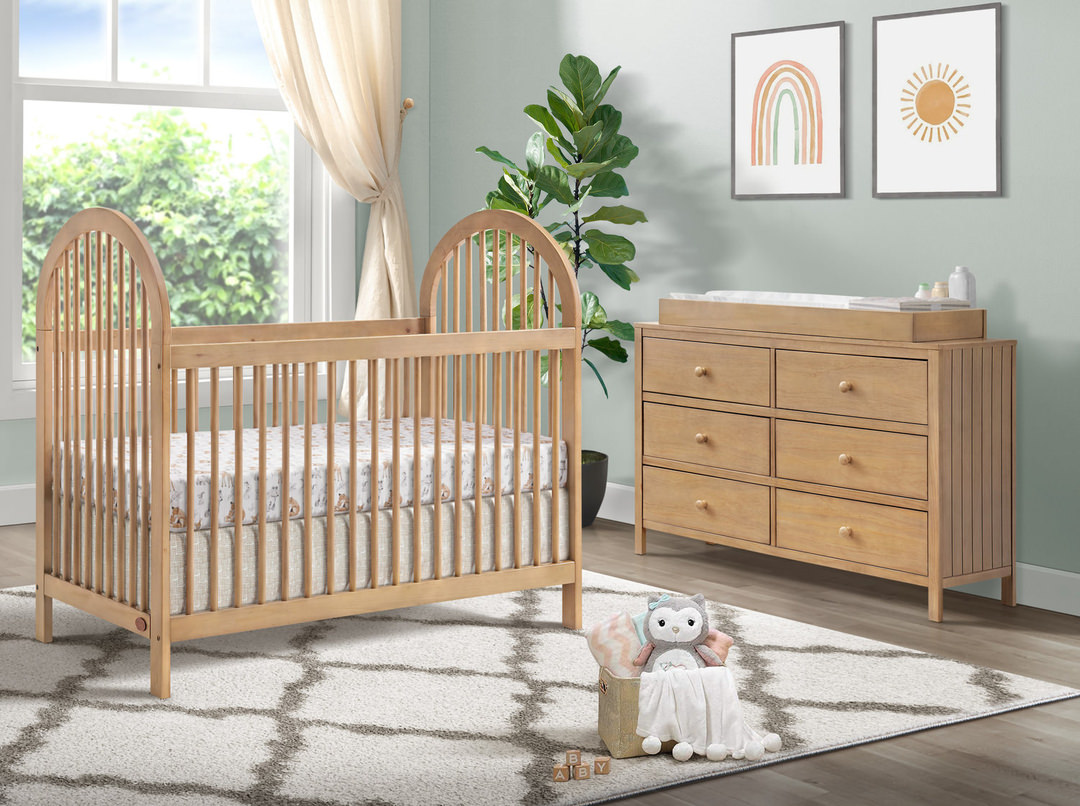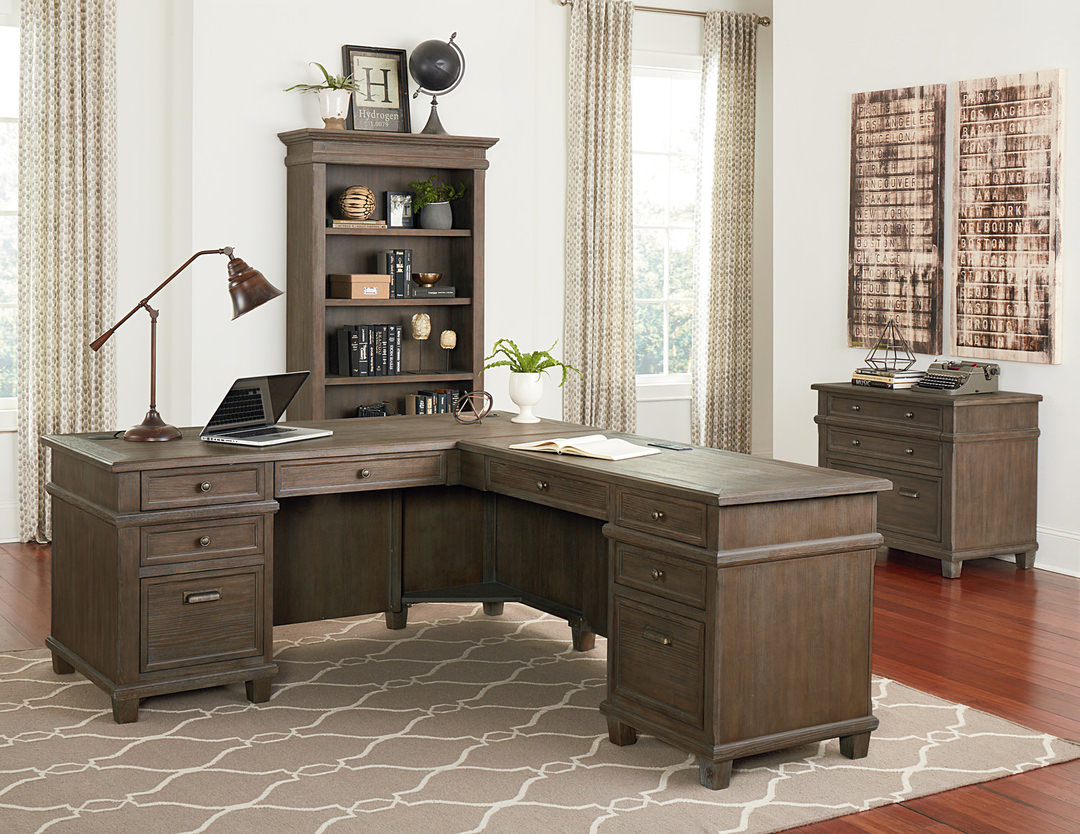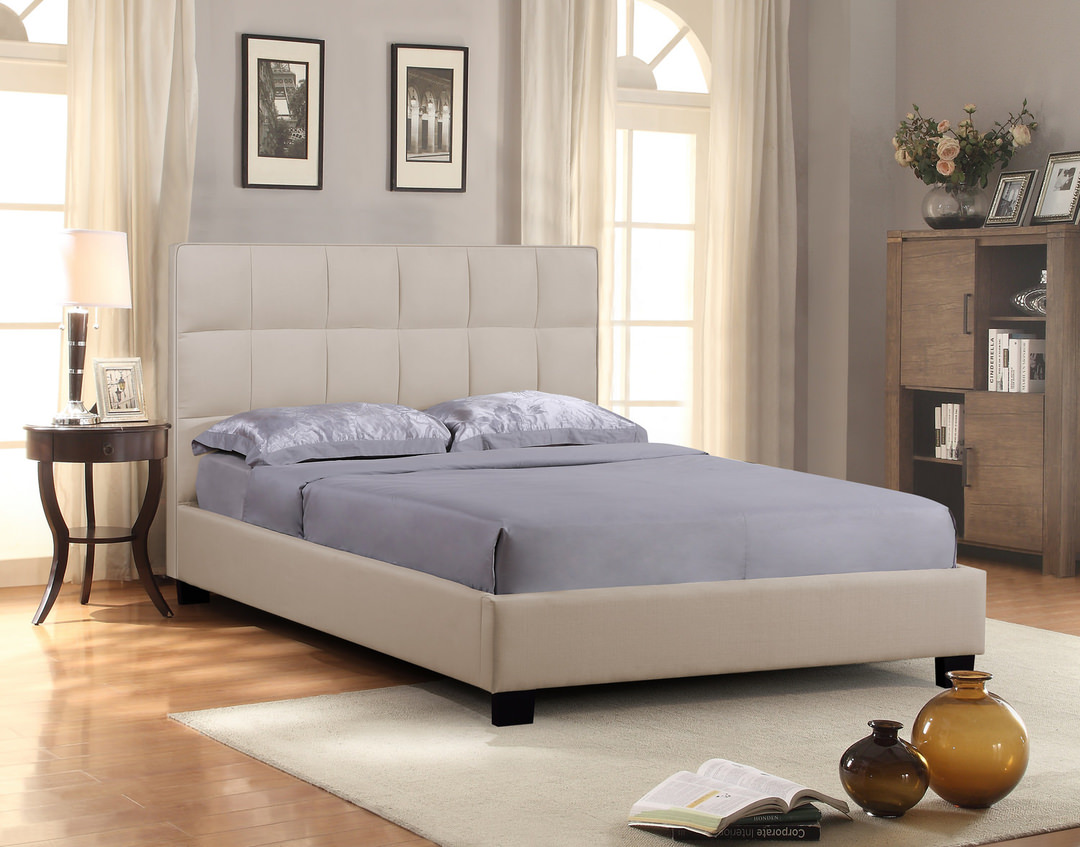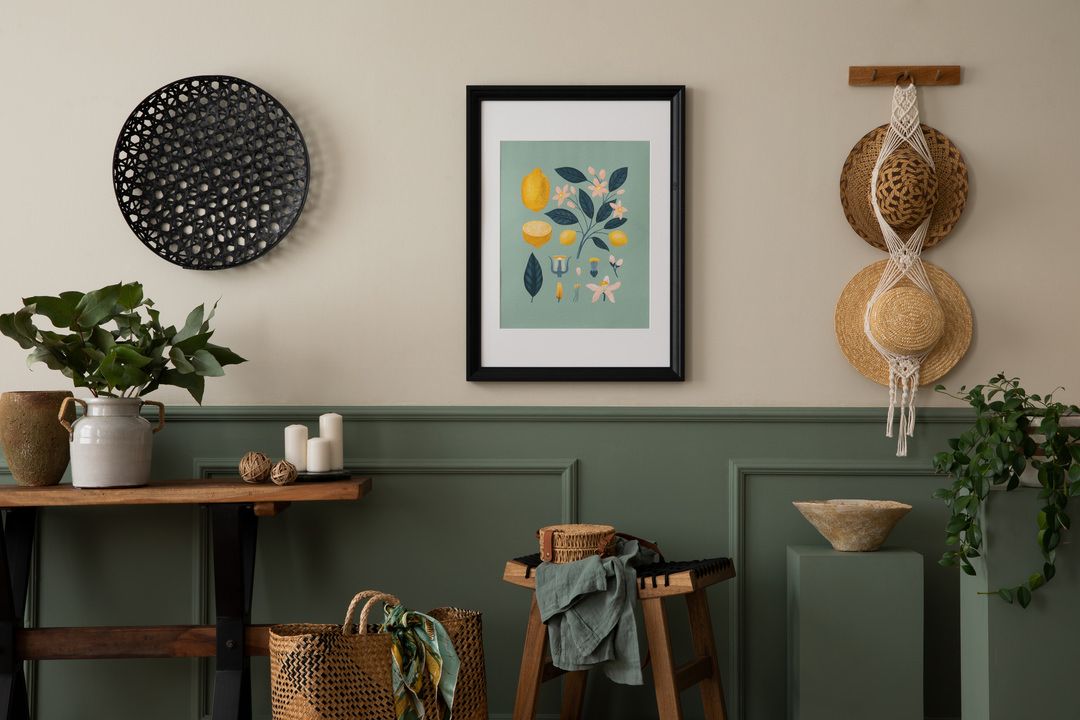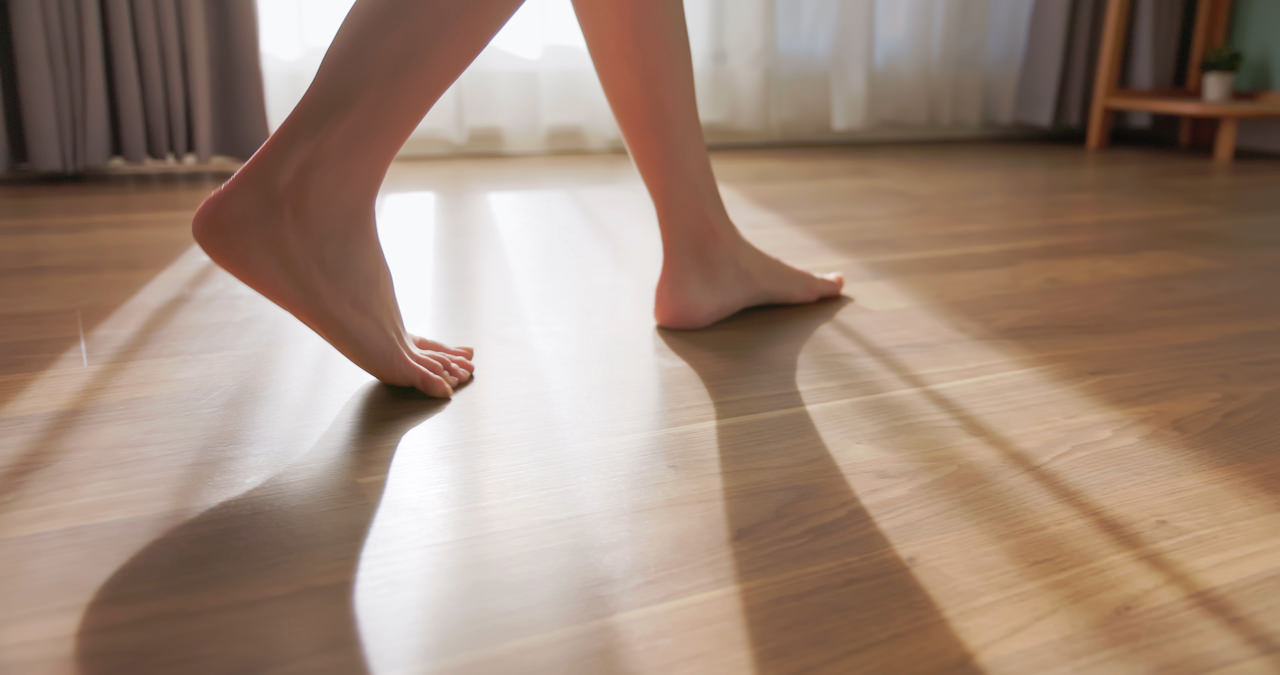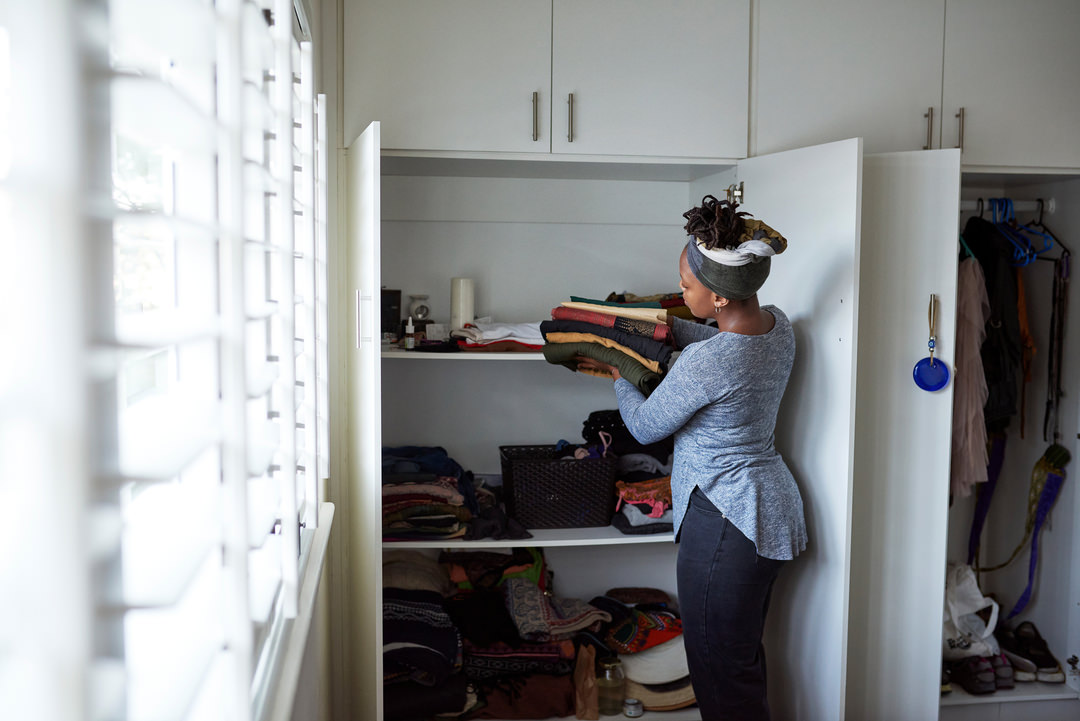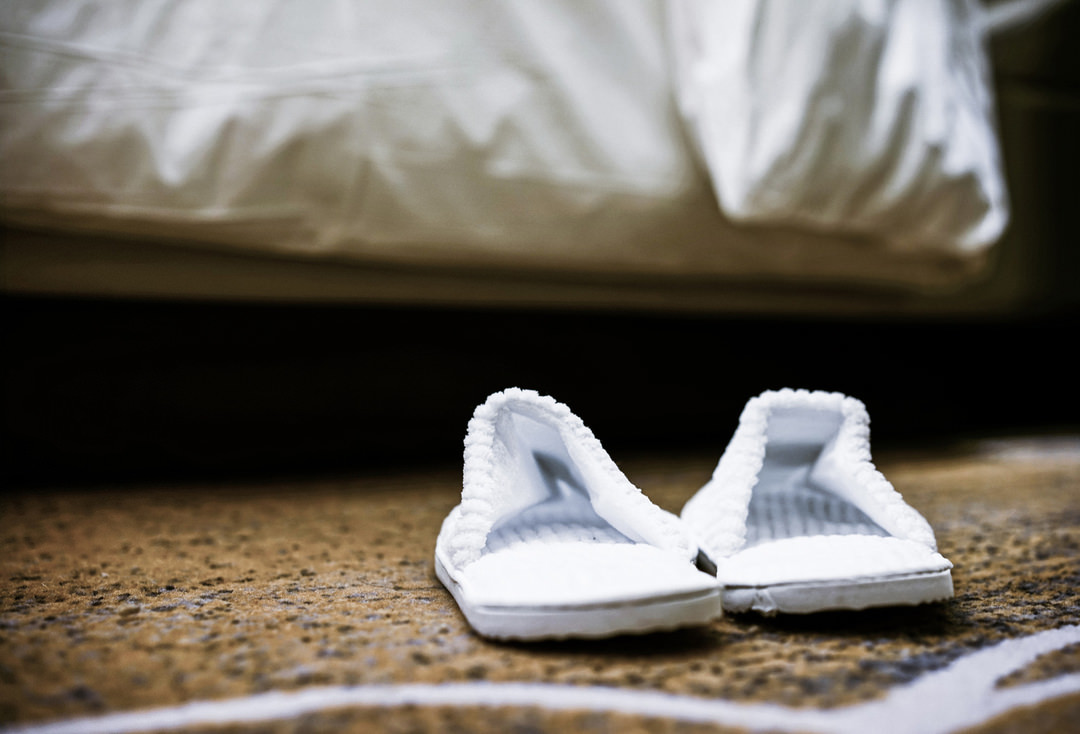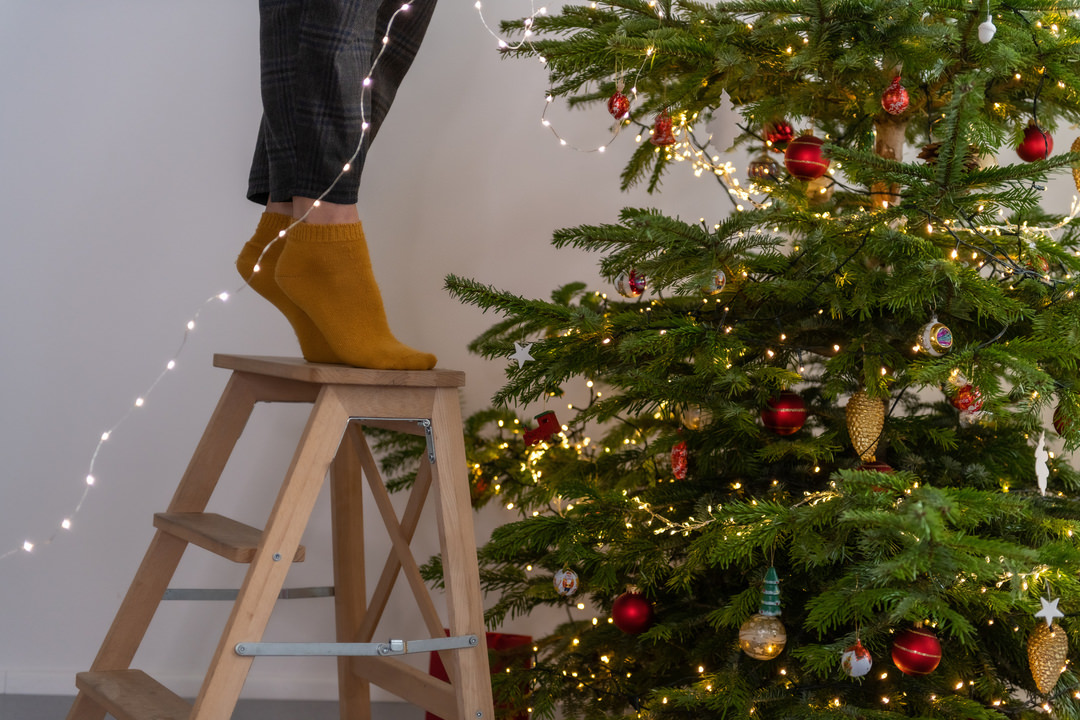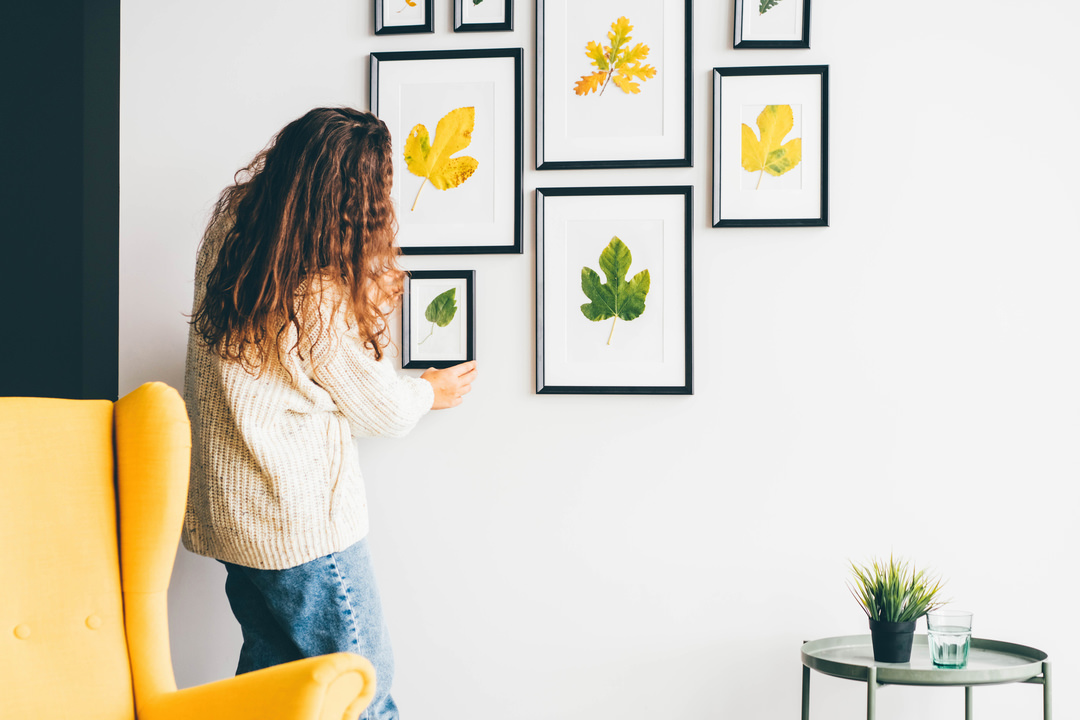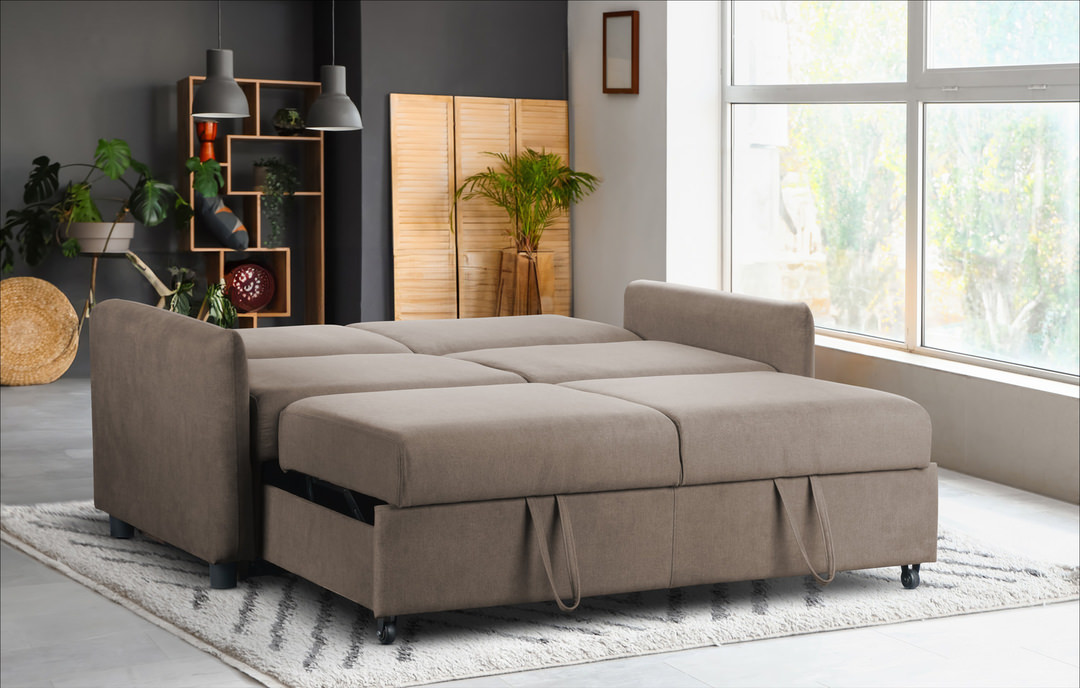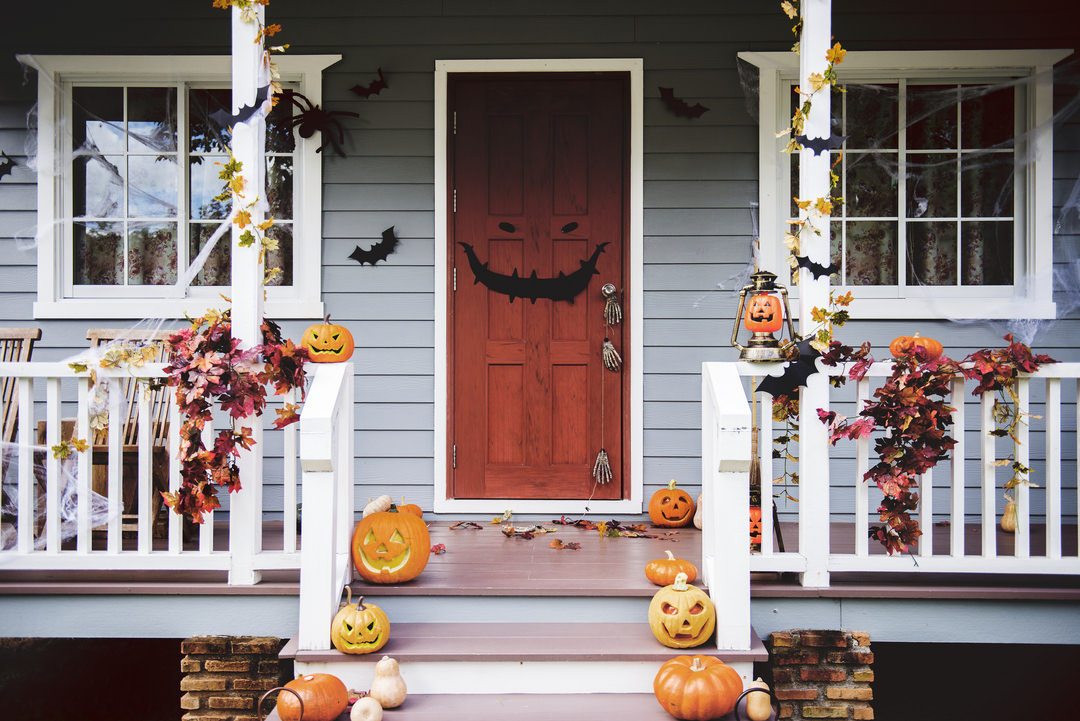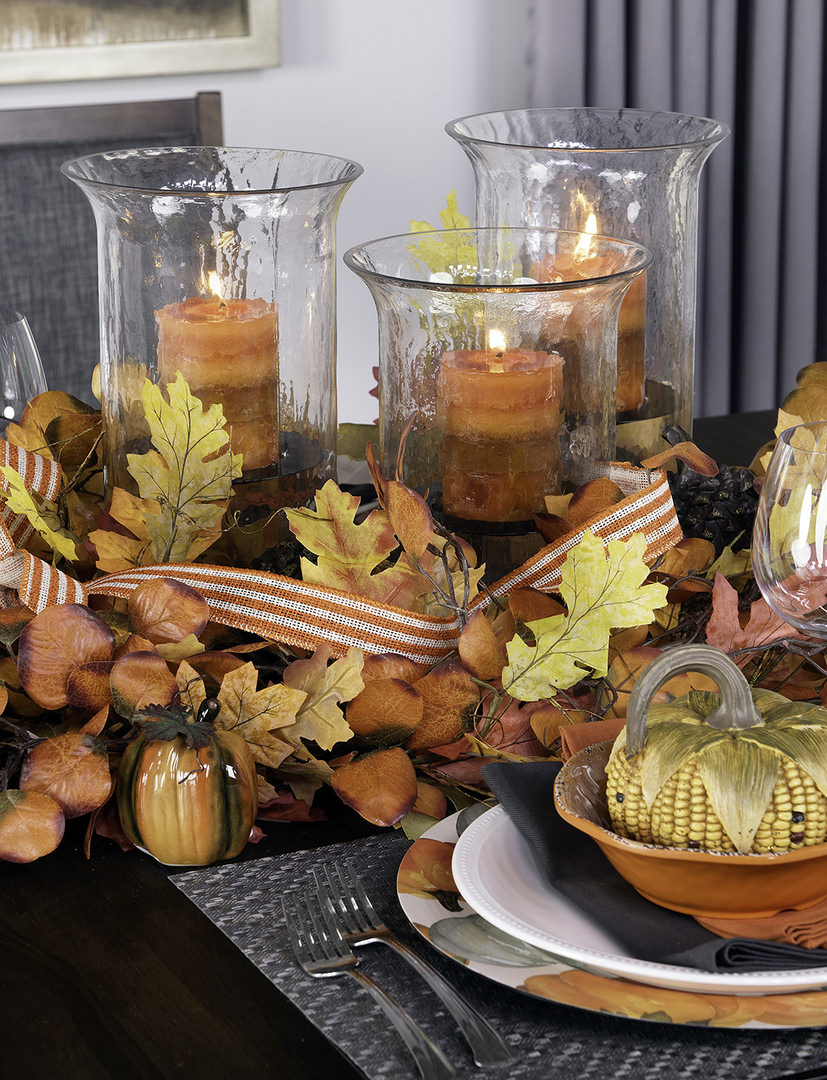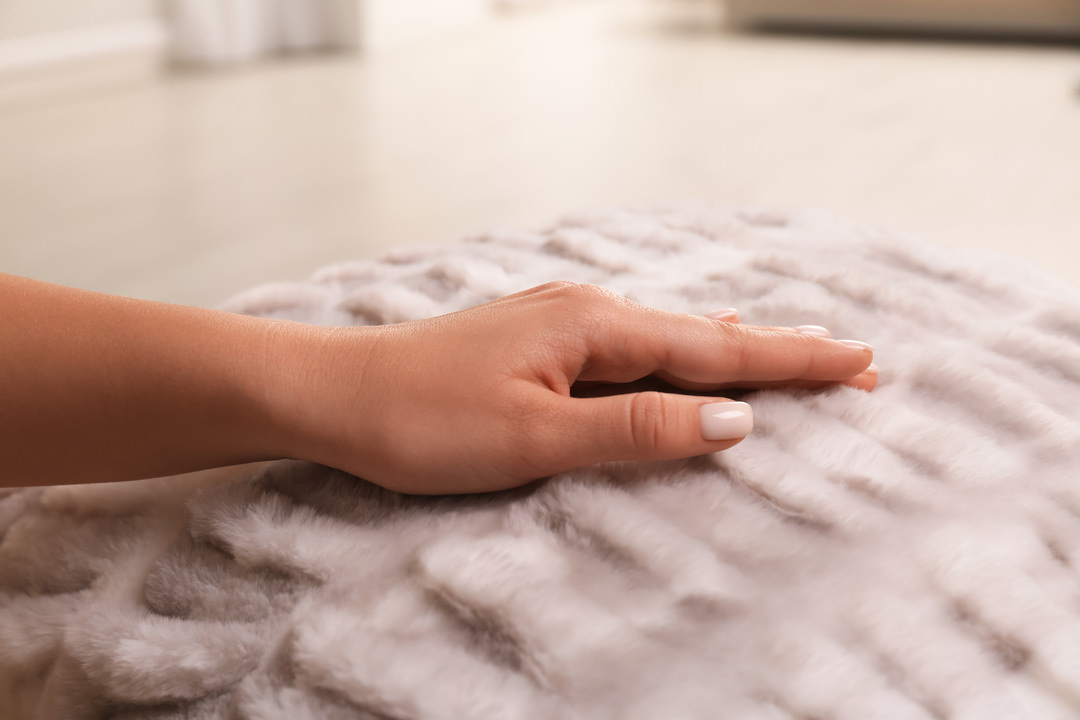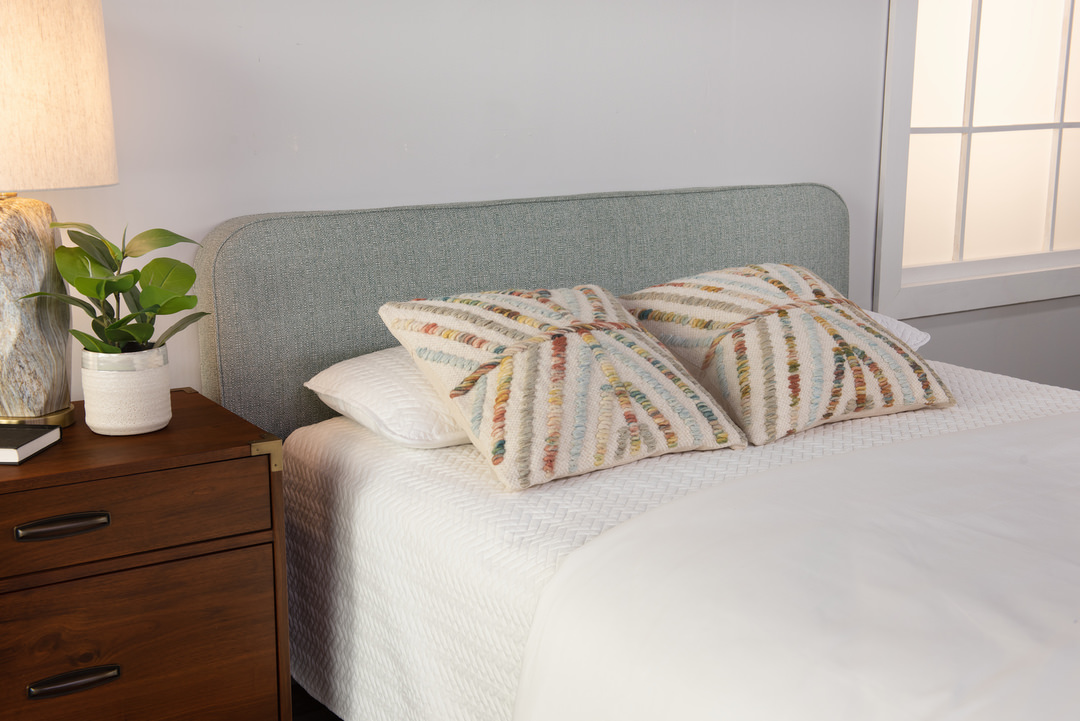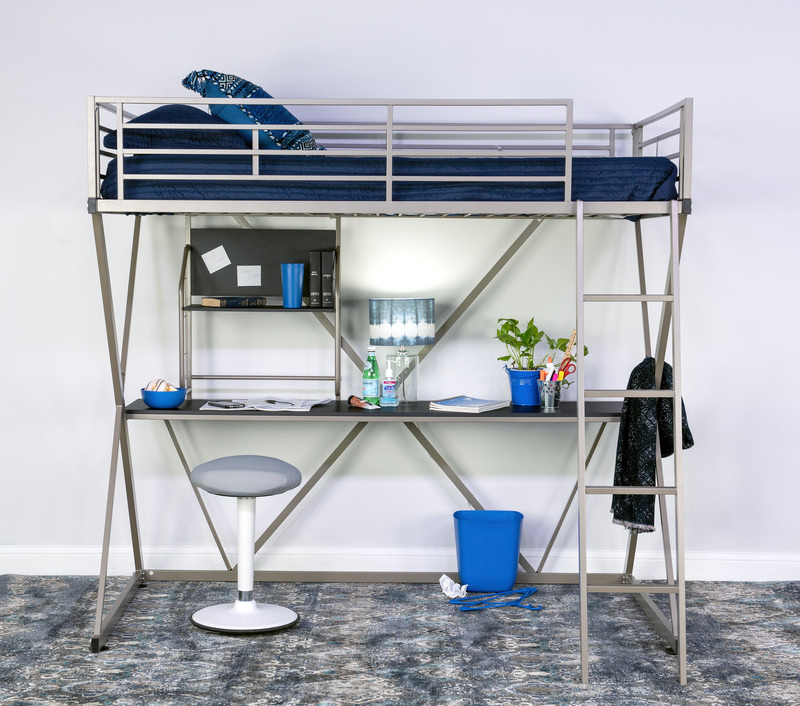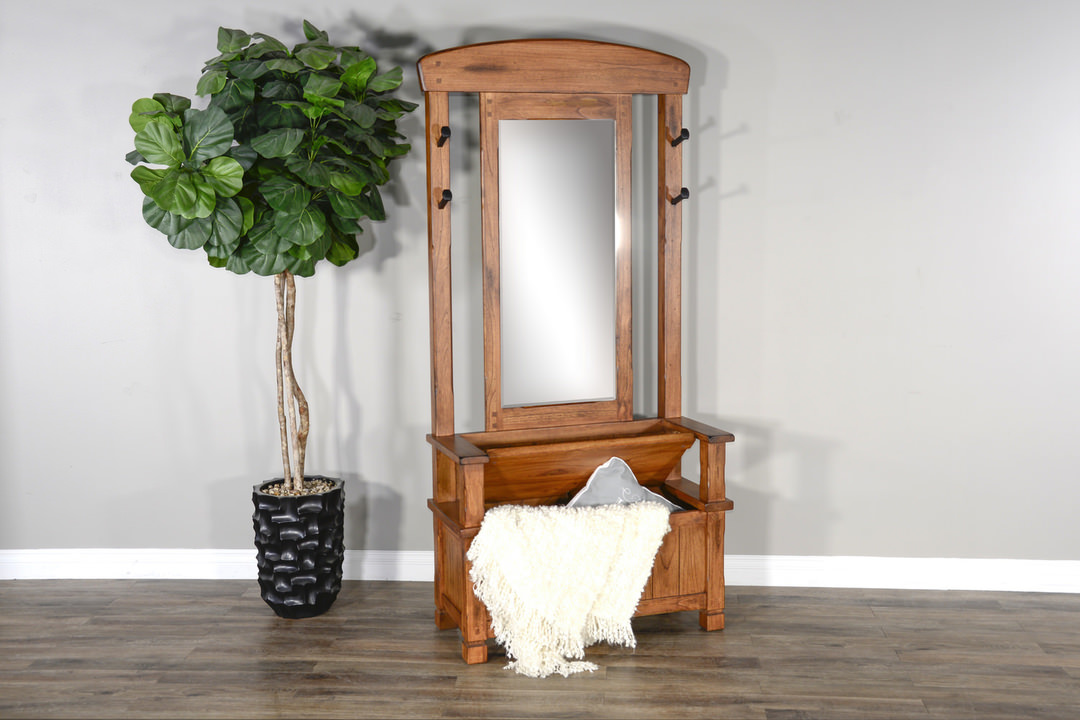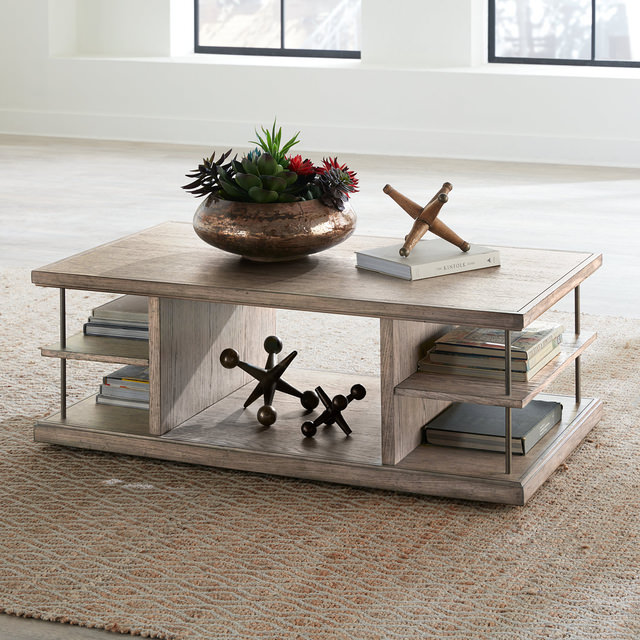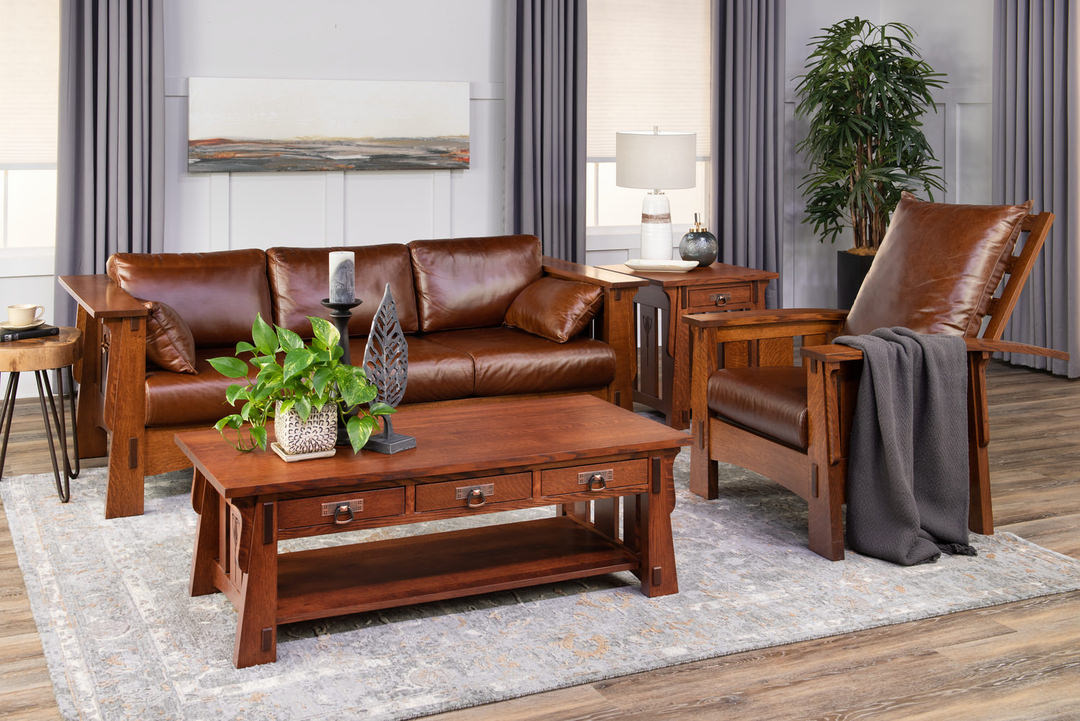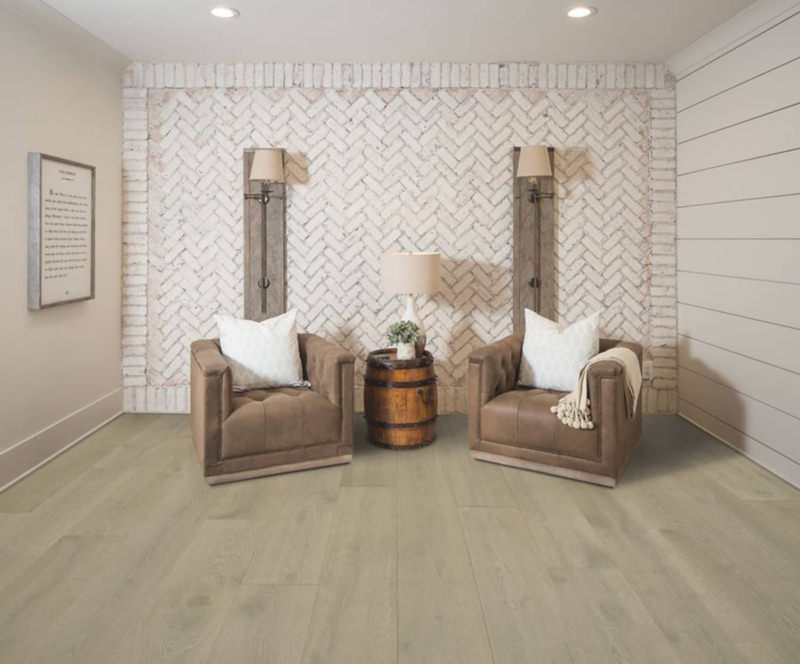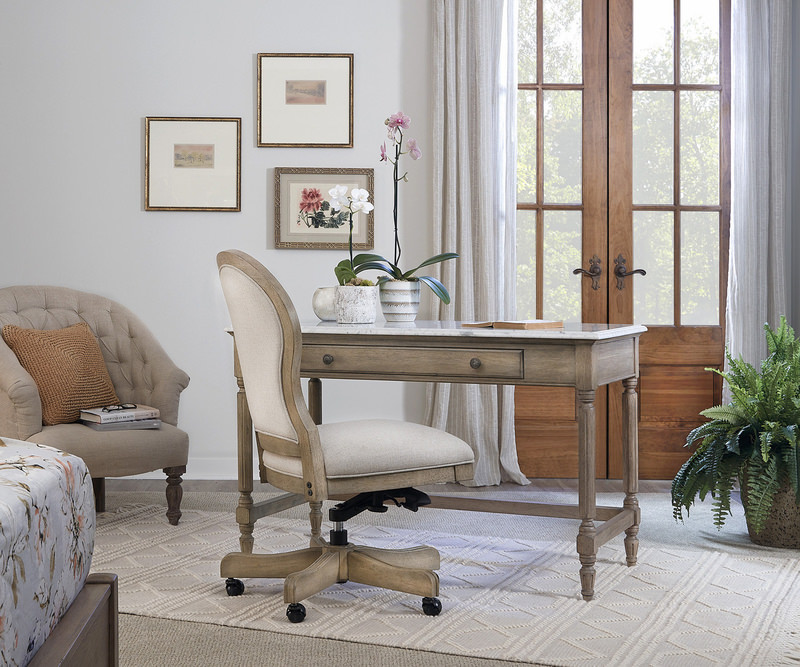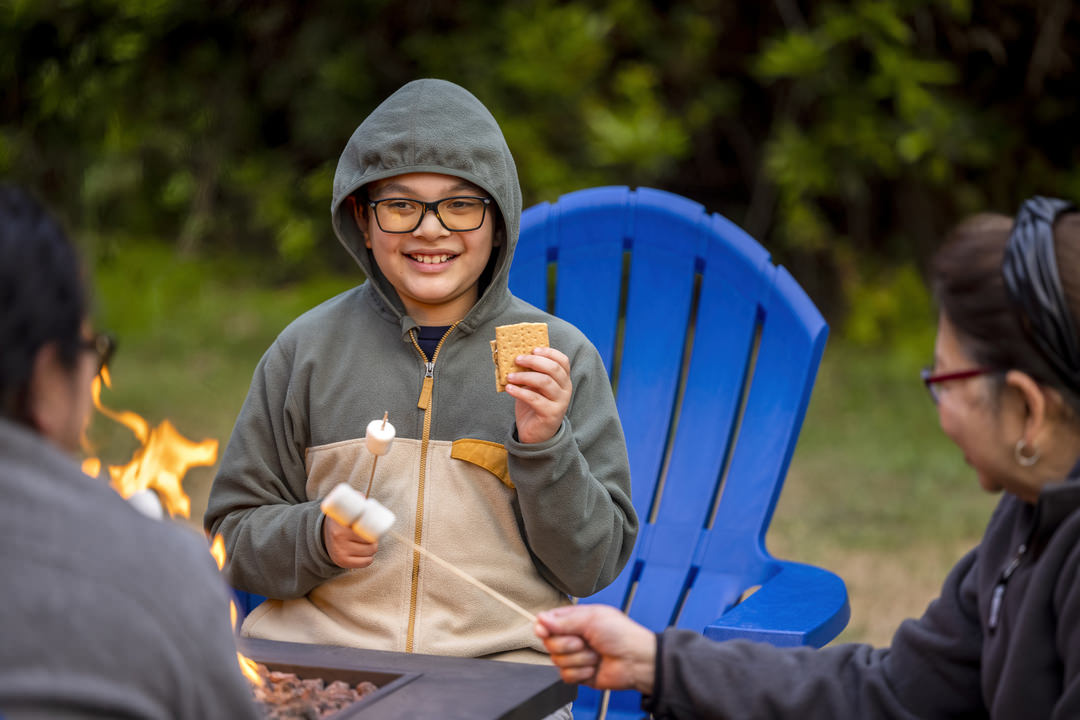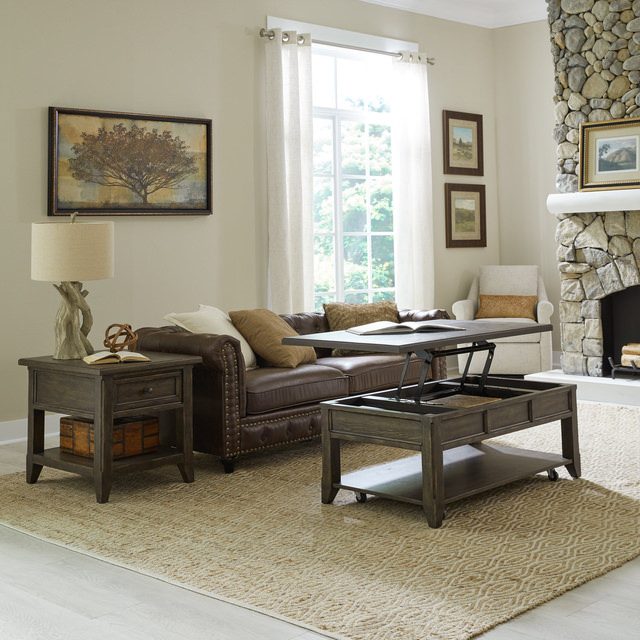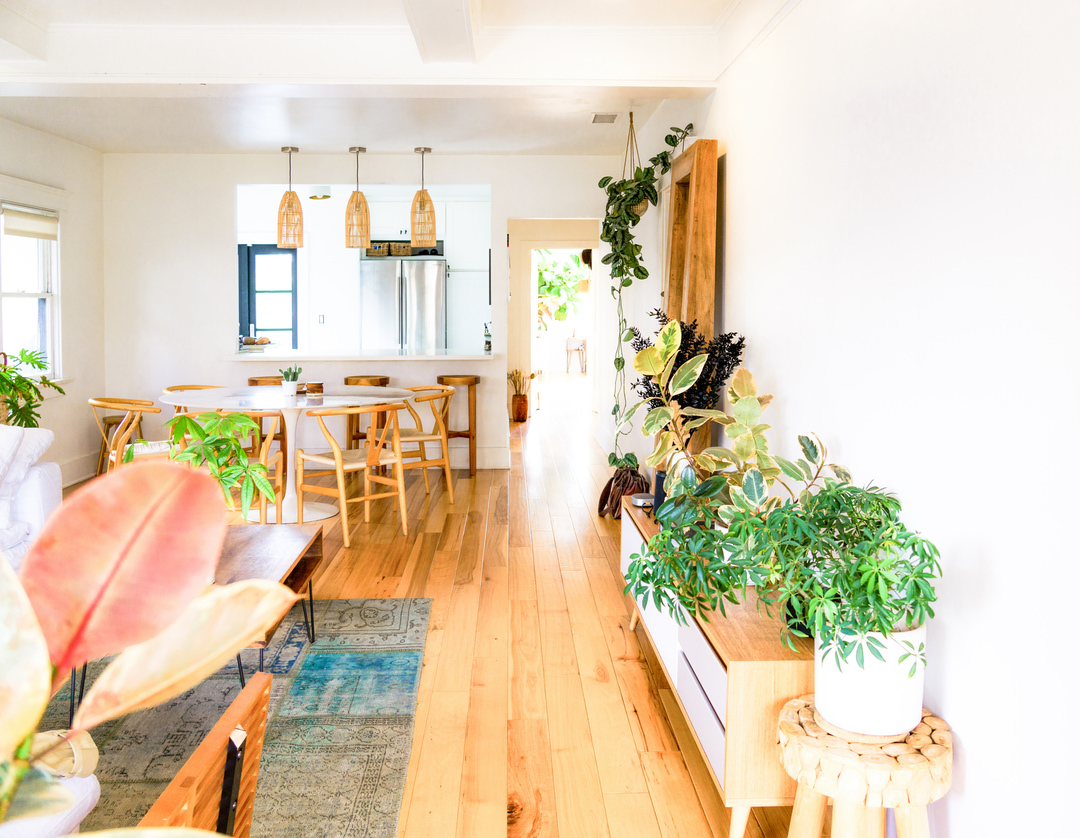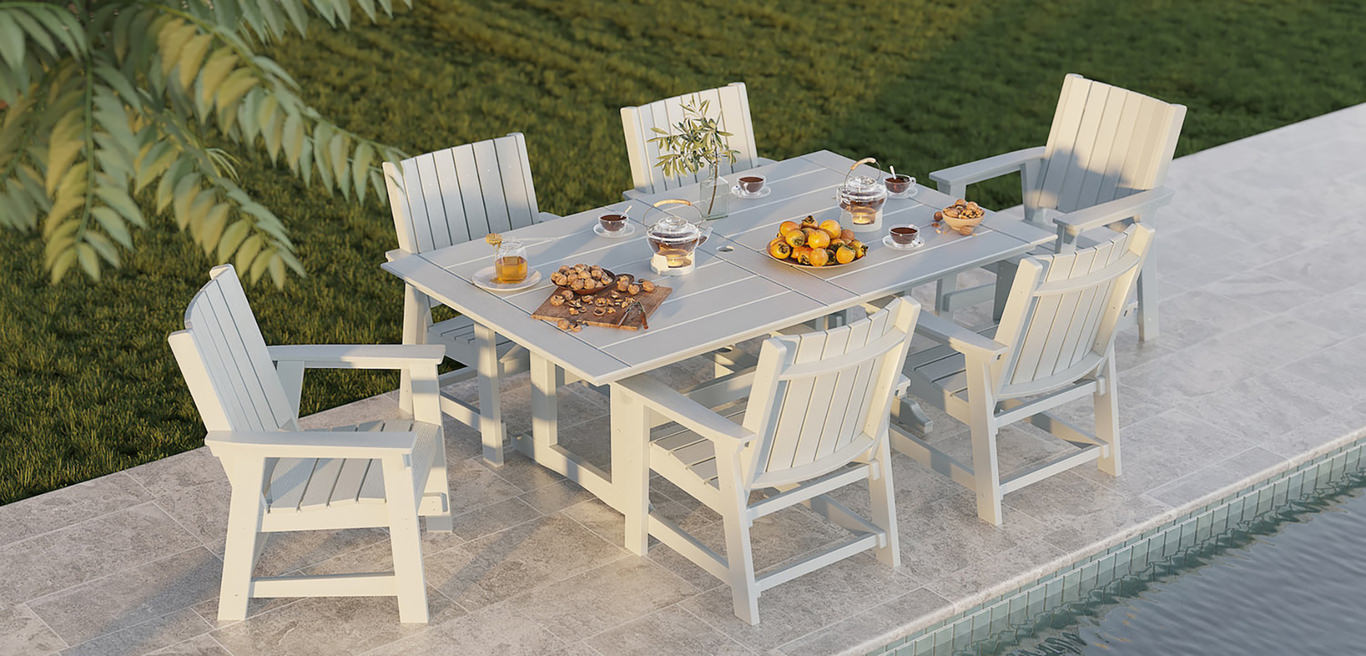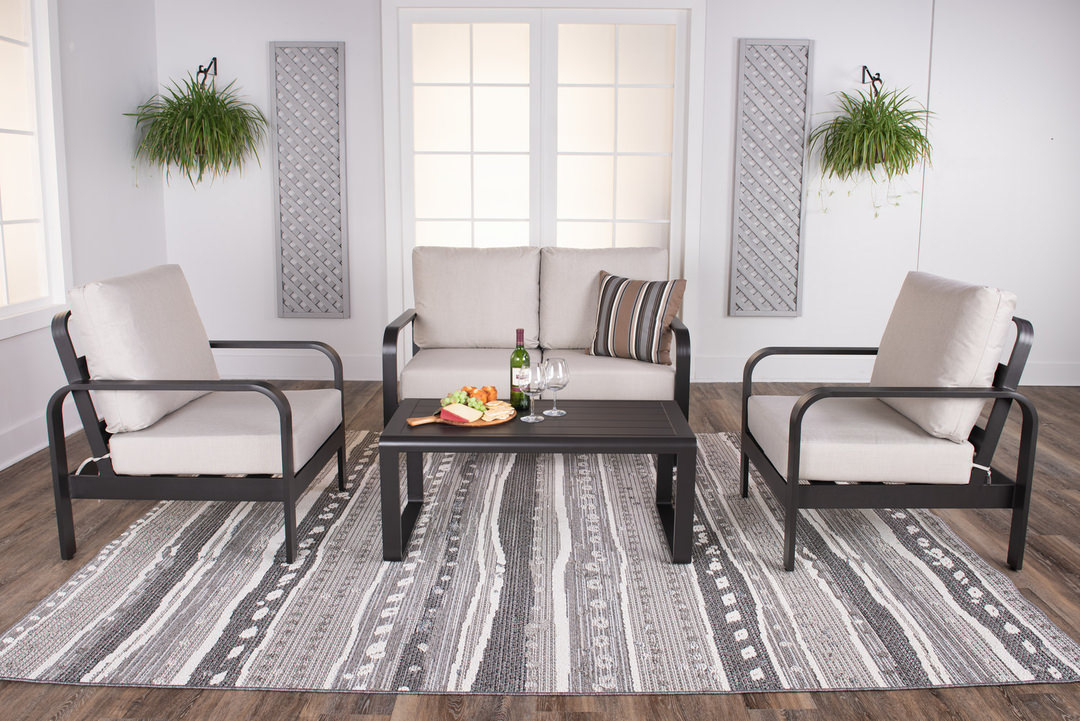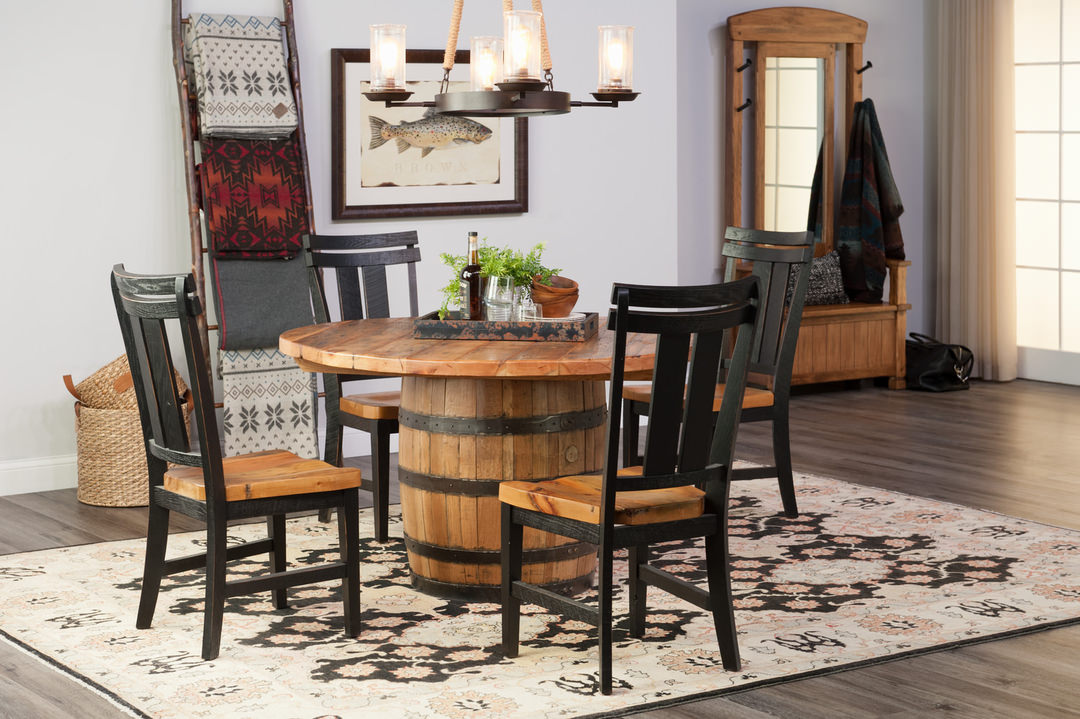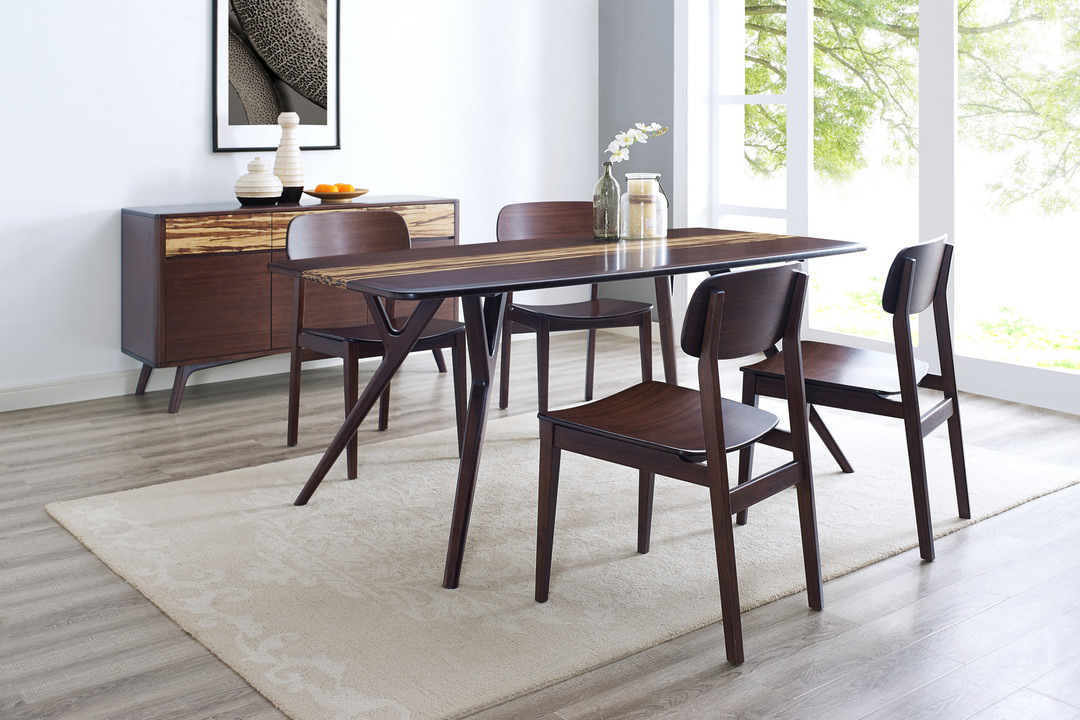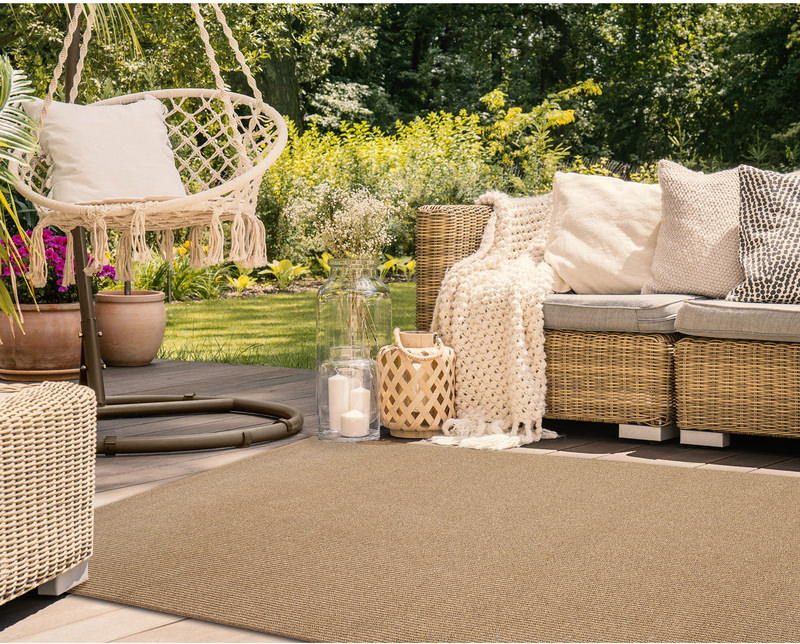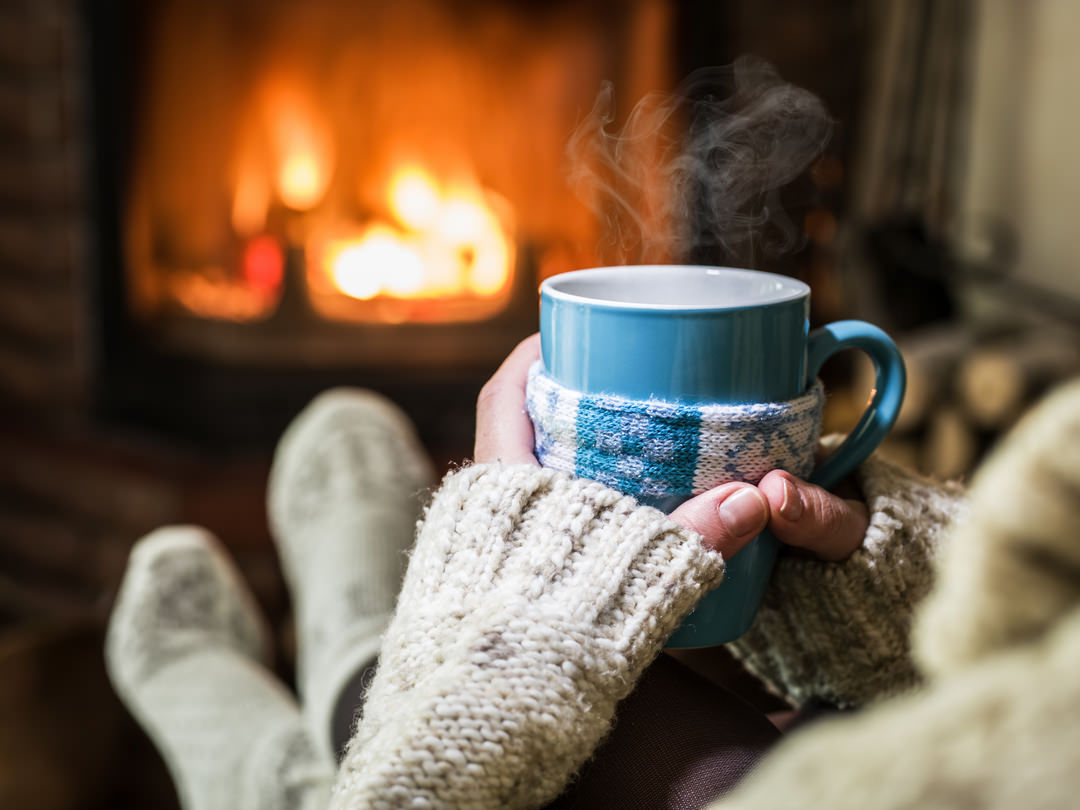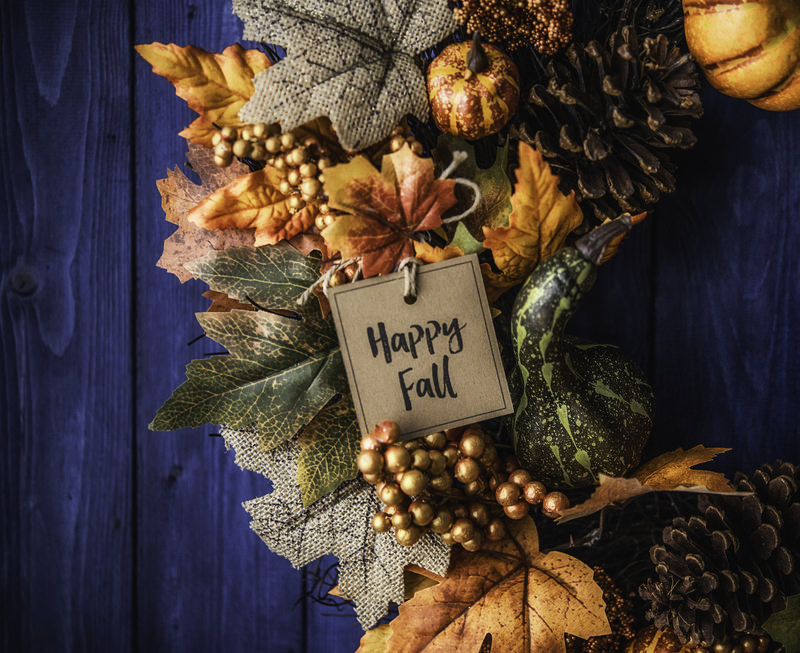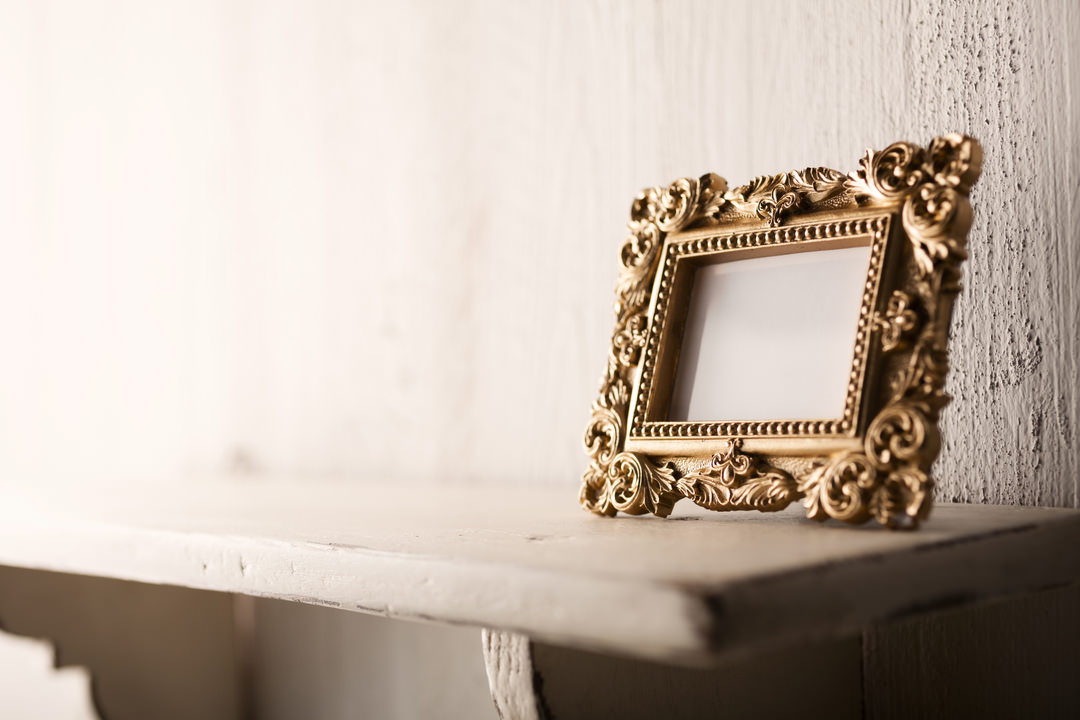Get Your Home Ready for Winter
Take these steps to get your home ready for the cold season.
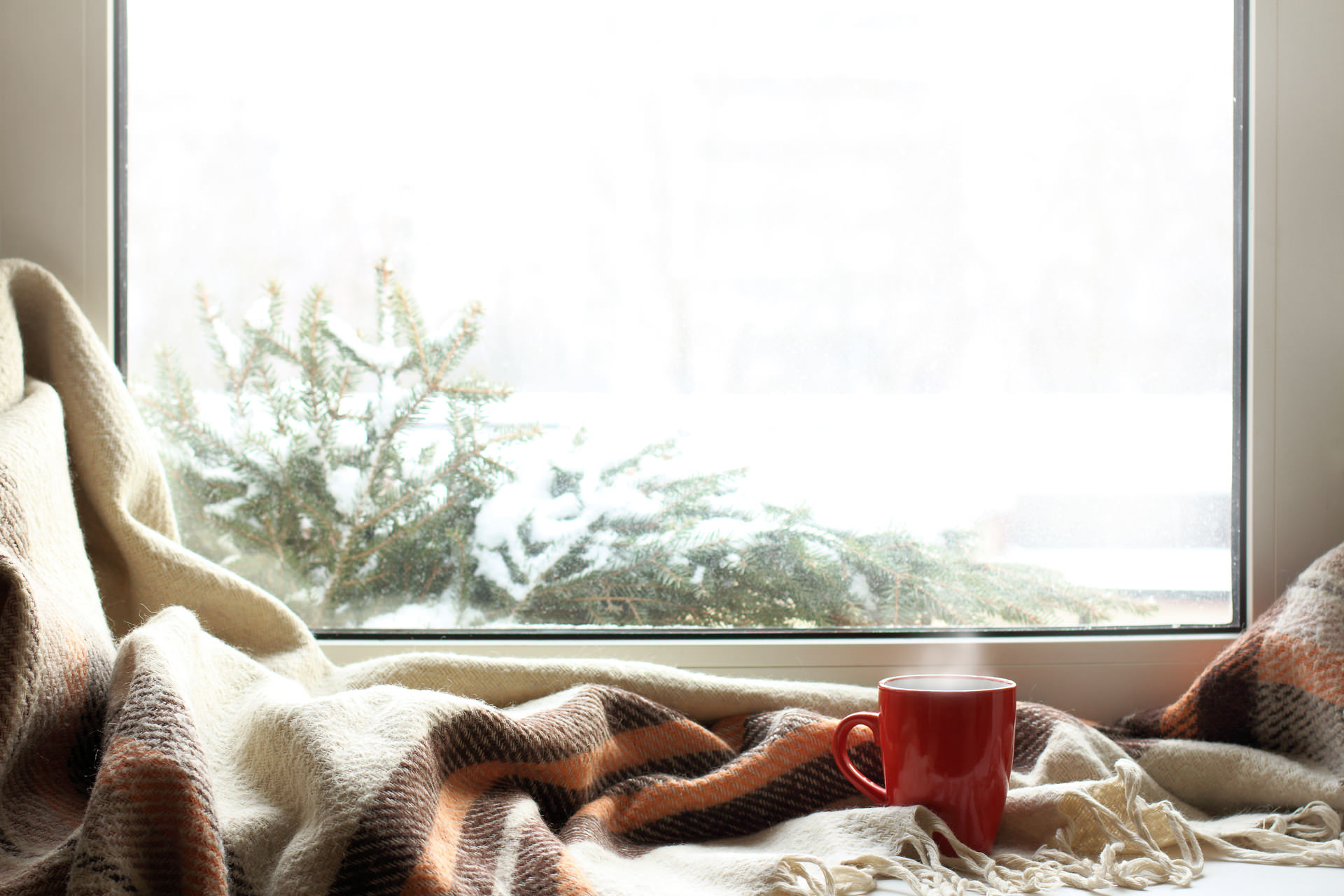
Life can be uncertain, but there’s one thing we know for sure: winter will come again this year. Just as it has for as long as we can remember, our frigid friend will return to pound our Midwestern houses and yards with snow and cold weather. Here are a few tips on how to winterize a house for cold climates and be all set for the bitter blasts.
Outside water. Remove your garden hoses, empty them and store them someplace warmer. Shut off your water long enough to open the outside faucet valves and let them drain. Cover those faucets with insulating foam. Dump your birdbaths (unless you plan to provide ice skates for winter chickadees). If possible, turn them upside-down. Shut down your outside sprinkler system and have it blown out.
Doors and windows. Inspect them for damage such as chipping, rot and decay. Check for drafts. Caulk and paint the wood if it needs it. Replace deteriorating weatherstripping. If there’s a gap under the doors, get some “draft snakes” to block cold air. If you have old windows that let the chill through, the best solution is to upgrade to some modern, technologically current ones. But if you can’t manage that before Old Man Winter blows in, do what you can. Put up storms or pick up some plastic window cover kits. Also, heavy drapes help keep frigid air outside where it belongs.
Fireplace and chimney. If your chimney hasn’t been inspected and swept for a while, have it done. Guarantee it’s free of critters and debris. Ensure your fireplace is tight, so cold won’t seep in when it’s not in use. Confirm that the flue closes completely. See that the glass doors shut securely. No glass doors? This may be the year to invest in some. Have your firewood piled up and ready to go. It’s harder to buy, deliver and stack once snow is on the ground. Don’t have a fireplace or don’t use your wood-burning fireplace? Consider purchasing a convenient and easy-to-maintain electric fireplace for many winter’s nights of cozy enjoyment.
Furnace. What can be more important in winterizing a house than getting the furnace ready? You don’t want to be looking for a repair person on the coldest day in January. If you’re not confident, get it checked out. How long has it been since your vents were cleaned? They may be overdue. Install a fresh filter. If you burn oil or propane, top off your tanks. Don’t forget the air conditioner. If you inspect and service it now you avoid the spring rush.
Smoke and carbon monoxide detectors. Winter is a dangerous time for deadly and odorless carbon monoxide buildup. If you don’t have detectors, they’re inexpensive and simple: just plug them into a wall socket. Perhaps you already follow the advice to change your smoke detector batteries when you reset your clocks in the fall. If not, this is a good year to start. You can also write the install date on the battery with a sharpie pen for easy reference.
Outside of the house. Get those gutters cleaned out. If you’re going to scrutinize the state of your shingles, do it now before it gets too slippery and dangerous to clamber on the roof. Inspect your soffits and fascia to see that varmints can’t get in. If the attic is accessible, check the insulation and add some if it’s needed. Seal any ground-level masonry.
Outdoor furniture. Even the best-made outdoor furniture is susceptible to the cold and damp. Cover it or bring it inside. No matter the size or shape of your patio furniture, someone makes a protective furniture cover for it. Big chairs, little chairs, high-backed chairs, loveseats, tables, patio sets and outdoor couches all have protectors designed to fit. Don’t spend winter nights fretting about what’s happening out back. Keep everything snugged in, and when spring returns you’ll be ready to peel off the wraps and use it right away. Protective covers not only keep furniture from freeze thaw damage, they also keep furniture cleaner for easier spring use.
Lawn and garden. Some of the best grass-growing weather comes in early fall. It’s a great time to aerate, overseed and fertilize your lawn. For the garden, have blankets ready for those first frosty nights. Hack down dead plants and pull those last weeds. Bring in the potted plants you want to keep. Also, take a look at your trees. It’s an ideal time of year to prune.
Gas-powered tools. Run all the fuel out of your lawnmower, leaf blower, weed wacker and power washer. Don’t stand in the queue next spring with a fouled mower engine. Start your snowblower; don’t wait until the first snowfall and hope for the best. Have sidewalk salt on hand. Know where your snow shovels are.
There’s no need to do all these things every year, or even this time of year. However, this checklist can help you winterize a house and get you ready to ride out another chilly season.
While you’re at it, dig out your heavy sweaters and your flannel shirts, update your streaming services and stock up on marshmallows and hot chocolate. Bookmark those travel websites. When you escape for that January vacation, you won’t need to worry about what’s happening on the home front.
